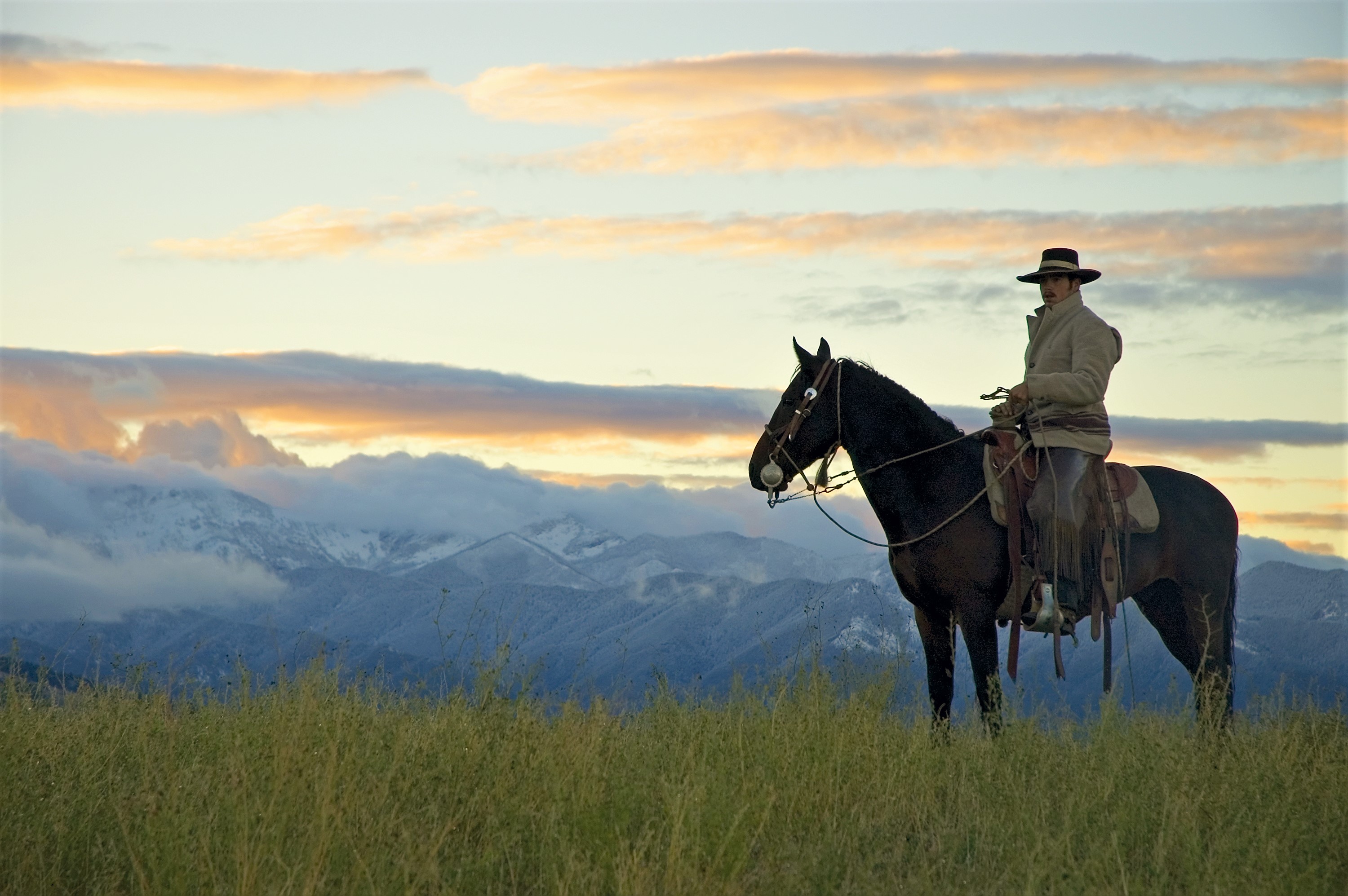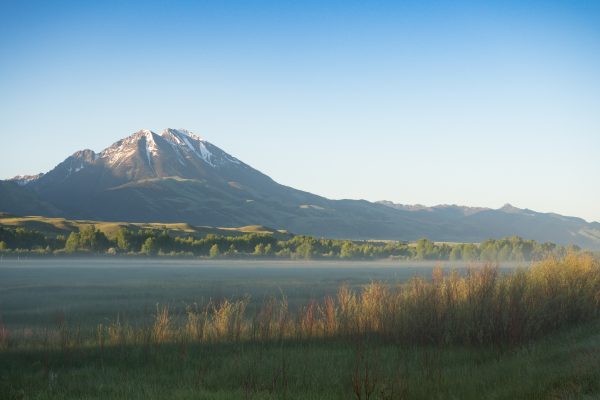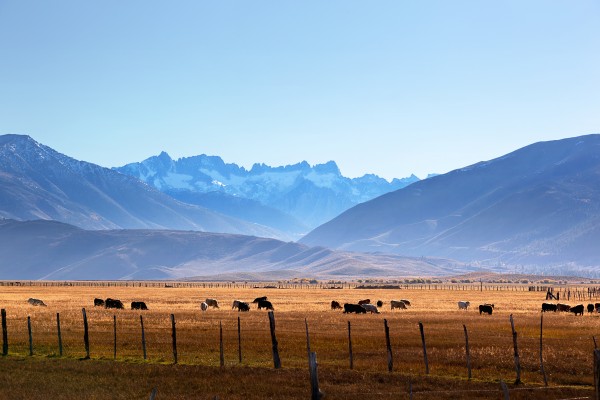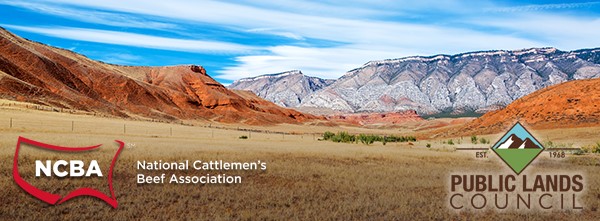WASHINGTON (June 4, 2021) — Today, the Public Lands Council (PLC) renewed the call for responsible, proactive management of horses and burros managed by the Bureau of Land Management (BLM). Recent activist efforts to undermine the truth about overpopulated rangelands seek to exploit political transitions and undermine progress that has been made toward improved management of wild horse and burro populations on federal lands in the West.
The recent flurry of misinformation and inflammatory rhetoric is simply an attempt to hide the truth — there are too many horses and burros on the land, and ecosystems, wildlife, and multiple uses pay the price.
PLC remains committed to protecting rangelands, ensuring that the diverse and plentiful natural resources we love remain healthy. This means that horse and burro populations must be managed and on-range populations of horses must be reduced. This means making hard choices, choices that those who are truly dedicated to a sustainable future are willing to make. Public lands ranchers, working together with the Bureau of Land Management (BLM) and a coalition of animal advocate groups — know that the only way to reach sustainable herd populations, restore rangelands, and prevent future damage is to implement a comprehensive strategy that includes gathers, fertility control, adoptions, and expanded off-range holding.
“In order to sequester carbon out of the atmosphere, rangelands need to be healthy. In order to mitigate the risk of catastrophic wildfire, rangelands need to be healthy. In order to support inspiring natural landscapes and thriving native wildlife populations, rangelands need to be healthy. We cannot have healthy rangelands without the active management of wild horse populations and reduced on-range populations,” said Public Lands Council Executive Director Kaitlynn Glover. “The conflict here is not between horses and cattle – the conflict is between overpopulated and under-managed horse herds and everything else that wants to live on that range. Overpopulated herds create a monoculture, in which many don’t survive and nothing thrives. PLC will continue to support an informed management strategy from BLM that draws on generations of experience from those who manage these landscapes and see the destructive impact of horse overpopulation firsthand.”
Read More Facts About Wild Horse and Burro Management:
Fact: There are too many horses on the rangeland.
Based on environmental analysis that examines forage conditions, water availability and other factors on the landscape, the BLM set a nationwide “Appropriate Management Level” (AML) of approximately 26,690 horses. Conservative estimates from the BLM place the number of horses actually on the range at 95,114, which is more than three times the environmentally-driven stocking rate set by the BLM. Estimates from on-the-ground monitoring suggests the population far exceeds 100,000 horses.
Fact: Overpopulated herds cause significant range degradation.
When there are too many animals in a given area, a few things happen: they consume more forage than they would under ideal grazing patterns, leaving little for other animals that also need to eat. These grazing patterns compromise the regrowth of native grasses, decrease the resilience of the landscape to invasive species encroachment, and decrease the health of soil and carbon storage potential. Overpopulated herds also need to become more aggressive in their search for water, having higher impacts on riparian areas and streambeds than a smaller herd would do.
Read more about damage from the Devil’s Garden herd, which was more than 7 times over the AML.
Read more about the damaged rangelands and starving horses in Nevada.
Fact: Horse populations are competing with themselves and wildlife, not livestock.
Horse herds have expanded to the point that in most cases, multiple use is not compatible with the lands managed as Herd Management Areas (HMAs). Horse populations have spiraled out of control, and where livestock grazing may have once been permitted on BLM lands, range conditions often preclude any livestock presence on or near an HMA. Grazing permits are authorized and managed based on range conditions, whereas horse herds do not have the same management triggers. In short, if the BLM sees range conditions deteriorating as a result of drought, overuse, or fire, they can remove livestock, but don’t have the same tools for horses.
Fact: Ranchers are supportive of solutions that keep horses on the landscape – in reasonable numbers – and don’t advocate for complete elimination.
Livestock producers are deeply invested in reaching a sustainable balance that allows for healthy horse populations, healthy rangelands, wildlife biodiversity, and responsible multiple use. In collaboration with BLM, agriculture groups, conservationists and animal advocates, PLC helped develop the recommendation that 15,000-20,000 horses — or just 16 to 22 percent of the total population — be removed per year from 2020-2023, with that number falling to just 6 to 11 percent per year after fertility control measures start to take effect. This means that many horses would stay on the landscape, but in more sustainable numbers.
Fact: The BLM is prohibited by law from sending horses and burros to slaughter.
The BLM is prohibited from sending horses to slaughter, selling horses to slaughter directly, or allowing horses to be adopted by an individual(s) who would send the horse to slaughter. In fact, the BLM’s adoption contract and bill of sale, signed by each individual who adopts a horse(s) stipulates that the buyer or adopter agrees to keep the horse and not send the animal to slaughter directly or through secondary sale of horses. The bottom line: BLM doesn’t slaughter horses, and does everything within its power to prevent private buyers from sending their horses, private property, to a sale barn or slaughter facility.
Fact: Horses and burros have robust populations and are not at risk of extinction.
Horses and burros have robust populations nationwide, which is the root of the current management challenges. Horse herds typically grow 15-20 percent per year, and would be more likely to reproduce more quickly with the healthier rangelands that would result from smaller herd sizes at AML.





